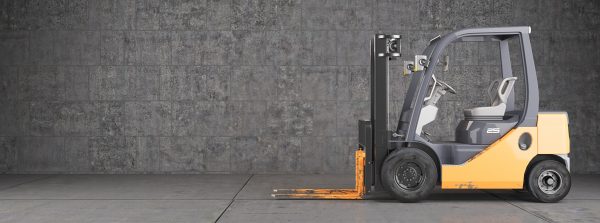September 29, 2022
We first reported issues with the supply chain back in November 2021. Then came the war between Russia and Ukraine, which exacerbated things even further just as supply chain woes were starting to diminish.
According to a recent study by JP Morgan, some of the causes (and potential causes) of current and future supply chain bottlenecks include more congestion at U.S. ports due to labor issues and a sudden uptick in output from China when lockdowns there ease; congestion at European ports stemming from the war; air transportation limitations due to Russian airspace restrictions; rail freight disruptions between China and Europe; and the reduction of metals mining and exports from Russia and Ukraine.
As this Wired story noted, “Russia’s invasion of Ukraine has also severed key supply lines for nickel, aluminum, wheat and sunflower oil, causing commodity prices to skyrocket… If the pandemic, which triggered a surge in purchasing of goods, caused the global supply chain to buckle,” the article goes on, “Russia’s invasion of Ukraine and China’s continuing zero-Covid policy risk breaking it completely.”
Hardest Hit Industries
The industries hit hardest by supply chain issues, according to Morningstar, include semiconductors, automobiles, industrials, retail and restaurants. The technology industry is struggling as well, manufacturers and suppliers alike, which has a huge ripple effect on sectors (like automotive and personal computing) whose products are heavily tech reliant or tech-centric. “In our homes,” a Forbes essay pointed out, “there are semiconductors in air conditioning temperature sensors, rice cookers, refrigerators, LED lighting systems and, of course, in all of our digital devices from phones to laptops. Businesses are also experiencing a greater need in areas such as data centers, renewable energy systems and the increasingly automated processes of Industry 4.0 factories and warehouses.”
On the up side, Reuters wrote in July, the worldwide chip shortage seems to be improving. “The good thing to know, it is easing up,” the head of major Swiss automotive tech supplier ABB said. “Commitments from our suppliers are significantly better. I would not say the problems are over yet, but we have commitments for the second half which look quite good.”

Minimizing the impact
While the tech sector continues to feel the negative impact of supply chain disruption, it’s also helping to minimize that disruption by providing things like analytics and automation. Besides more proactive disruption planning, less “just-in-time” manufacturing and better relationships between supply chain partners, technology is playing a major role in transforming a broken system. “There are certain developments that drive further investments into technology, most notably labor constraints and the need for more agility,” said Dwight Klappich, a VP analyst at Gartner. “Given today’s volatile and disruptive environment, supply chain organizations must become more flexible, and the solution is digitization.”
In a recent report that predicted how tech would impact the supply chain in 2022 and beyond, Gartner forecasted that by 2026: “75 percent of large enterprises will have adopted some form of intralogistics smart robots in their warehouse operations;” 75 percent of all commercial supply chain application vendors “will deliver embedded advanced analytics, artificial intelligence and data science”; “25 percent of supply chain execution vendors will have rewritten their core application to a microservices architecture” (though its considerable expense will be an impediment to adoption by all but 5 percent of supply chain orgs); and “80 percent of companies will suffer significant value loss due to a failure to merge their digital supply chain twin and control tower initiatives,” which in turn impedes end-to-end supply chain optimization.
A McKinsey report that listed proactive ways to build supply chain resiliency — limited short-term “firefighting,” integrating and streamlining operations and achieving structural resilience — also acknowledged that “none of these actions come without costs and that it may be hard to count on visions of long-term resilience to pay for the investments required to achieve it.”

As this IBM report explains, supply chains “have become so finely tuned to drive down waste and costs, that when supply chain leaders needed to make decisions quickly to address dramatic shifts in supply, demand and logistics, their options were limited.”
And that lack of options proved disastrous. The solution: an overhauled system.
“Since life as we know it depends on global supply chains being able to effectively source and collaborate across trading partners, business-to-business networks need to be built with resilience in mind. And even in the face of uncertainty, companies can deliver the right products at the right place and time, and even out-maneuver competitors.”
Supply chain woes aren’t going away any time soon. Most organizations have learned over the last two years that they need to be proactive and think ahead when purchasing things like infrastructure and hardware, for example, so projects don’t come to a grinding halt. There are plenty of ways to protect yourself so that when future storms come, as they will, you can weather them more easily and bounce back more quickly.
About Mindsight
Mindsight, a Chicago IT services provider, is an extension of your team. Our culture is built on transparency and trust, and our team is made up of extraordinary people – the kinds of people you would hire. We have one of the largest expert-level engineering teams delivering the full spectrum of IT services and solutions, from cloud to infrastructure, collaboration to contact center. Our customers rely on our thought leadership, responsiveness, and dedication to solving their toughest technology challenges.
Contact us at GoMindsight.com.
